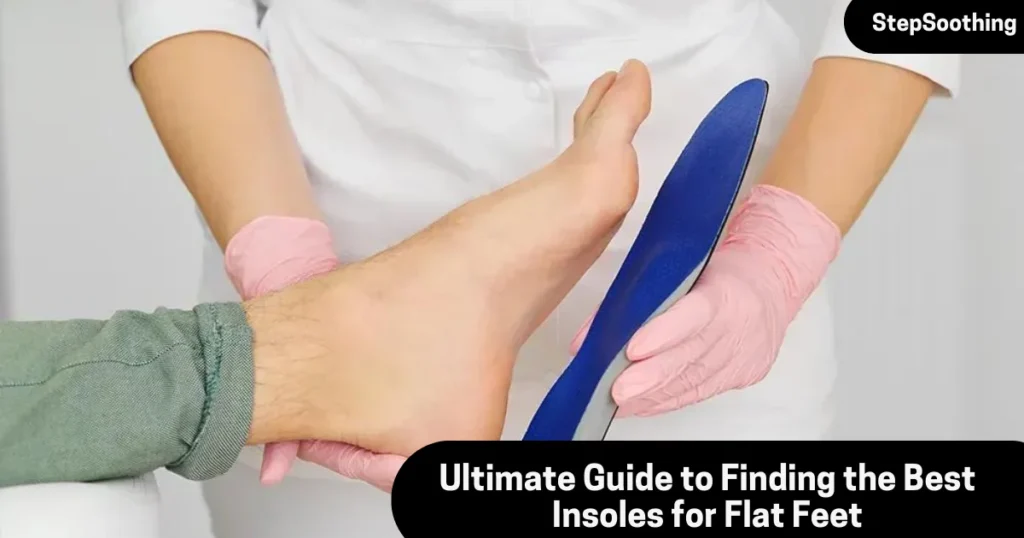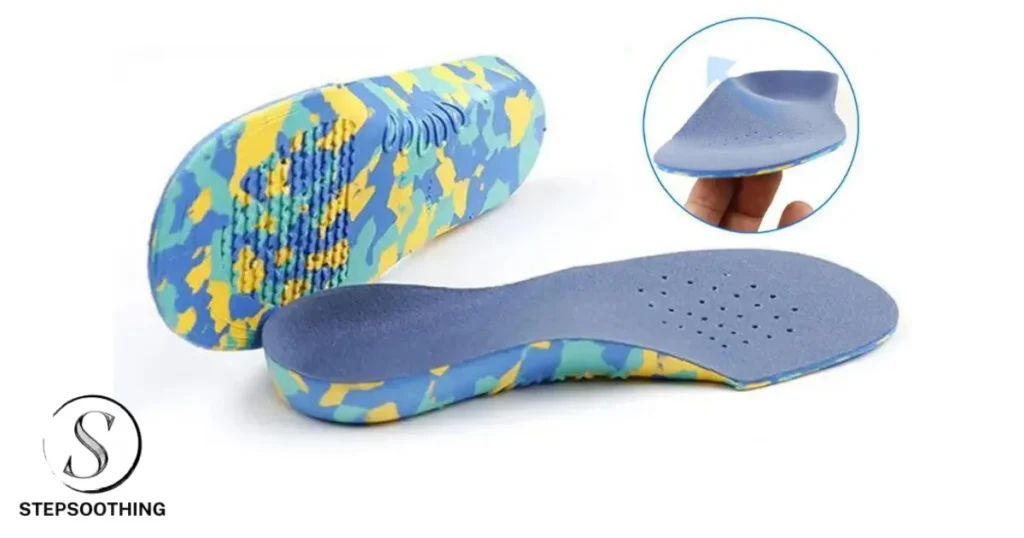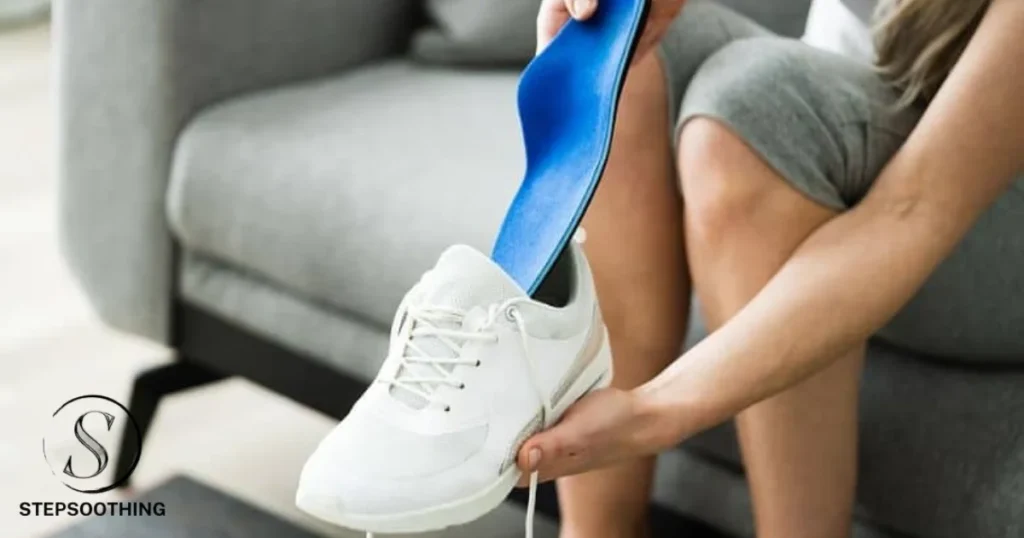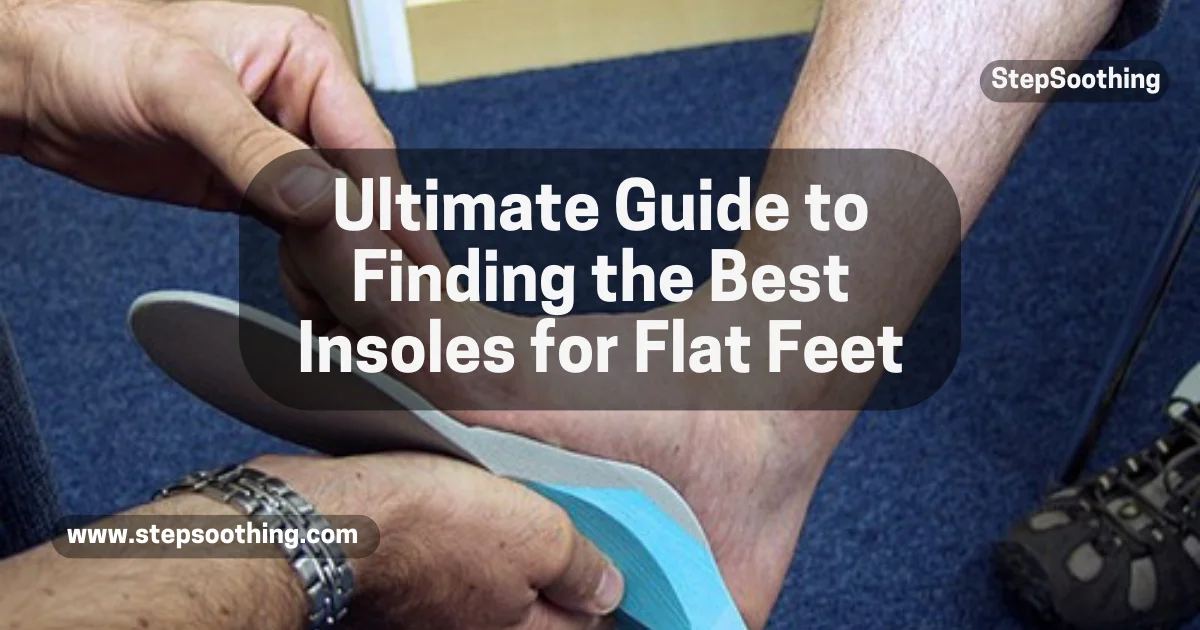Flat feet can cause a myriad of issues, from foot pain to posture problems. If you’ve been struggling with discomfort due to flat feet, you’re not alone. But fear not, because in this comprehensive guide, we’ll walk you through everything you need to know about finding the perfect insoles to alleviate your discomfort and get you back on your feet feeling fabulous. From understanding what flat feet are to how to choose the right insoles for your specific needs, this article has got you covered.

Understanding Flat Feet: What Are They and What Causes Them?
Flat feet, also known as fallen arches, occur when the arch of the foot collapses, causing the entire sole of the foot to come into contact with the ground. This can be due to various factors such as genetics, injury, or certain medical conditions like arthritis or obesity.
The Importance of Proper Foot Support: Why Insoles Matter
Insoles play a crucial role in providing support and stability to flat feet. They help distribute pressure evenly across the foot, reducing strain on the arch and preventing pain and discomfort.

Types of Insoles for Flat Feet: Finding the Right Fit
There are several types of insoles available for flat feet, including arch support insoles, cushioned insoles, and orthotic insoles. Each type offers different levels of support and comfort, so it’s essential to choose the right one based on your specific needs.
How to Choose the Best Insoles for Your Flat Feet
When selecting insoles for flat feet, consider factors such as arch height, cushioning, and material. It’s also essential to try on different styles and brands to find the perfect fit for your feet.
Common Mistakes to Avoid When Using Insoles
One common mistake people make when using insole for flat feet is not wearing them consistently. It’s important to wear your insoles regularly to experience the full benefits. Additionally, avoid using insoles that are too rigid or too soft, as they may not provide adequate support.

Tips for Properly Using and Maintaining Your Insoles
To ensure your insoles remain effective, it’s essential to properly care for them. This includes cleaning them regularly, allowing them to air out between uses, and replacing them as needed.
Do Insoles Really Work for Flat Feet? Separating Fact from Fiction
While some people may question the effectiveness of insoles for flat feet, numerous studies have shown that they can significantly reduce pain and improve overall foot function. However, it’s essential to use them correctly and choose the right type for your specific needs.
Learn more about insoles for comfort and pain relief. Read our guides on using insoles correctly for optimal comfort, measuring insoles, how insoles can alleviate back pain, and using a shoe dryer with insoles.
Frequently Asked Questions
Q1. Can insoles cure flat feet?
Insoles cannot cure, but they can help alleviate symptoms and provide support.
Q2. How long do insoles last?
The lifespan of insoles depends on factors such as usage and material, but on average, they should be replaced every 6-12 months.
Q3. Can I wear insoles with my existing shoes?
Yes, most insoles are designed to fit comfortably in most types of shoes, including sneakers, dress shoes, and boots.
Q4. Will wearing insoles make my feet weaker?
No, wearing insoles can actually strengthen the muscles in your feet by providing proper support and alignment.
Q5. Are custom-made insoles worth the investment?
Custom-made insoles can be beneficial for individuals with severe foot issues, but for most people, over-the-counter options provide sufficient support at a lower cost.
Conclusion:
- Finding the right insoles for flat feet can make a world of difference in your comfort and overall well-being.
- Consider your specific needs and preferences when choosing the right type of insoles for you.
- Remember to wear your insoles regularly and replace them as needed to maintain their effectiveness.
- Don’t hesitate to seek professional advice if you’re unsure about which insoles are best for your feet.



